There’s nothing quite like waking up to silence. No one’s alarm going off in the bunk above you, no road rage beneath your open window. Just… silence. I woke up to the morning sun flooding through the windows, slithered out of the feathery duvet, and climbed down the ladder to emerge from the bedroom loft. Though not quite a bunk bed, it still stirred a familiar feeling. No longer in a hostel, we had made it to Anna and Per’s guesthouse in the Swedish countryside.
The entire place was some kind of sun-soaked haven. The windows looked out to gently waving fields of wheat and lazy cows. We were in a small cottage surrounded by lavender and vegetable beds. On one side was a small kitchen for making cups of tea, and on the other, a cozy sofa, a sheepskin, and a wicker armchair. In the middle was a large linen-clad dining table, large enough to fit the eight of us. When more friends came to visit, we opened up the sliding doors and joined another table together so that it extended out onto the deck. Once we had filled our bellies with pasta and salad and wine, we would move into the garden and drape ourselves across hammocks. A few hours could easily pass by, filled with banter in English and Swedish. The kids would chase each other around the lawn laughing hysterically, until someone mentions fika and then the next minute we are all clutching coffees and telling ourselves we are still very full but could probably manage a bit of cinnamon bun.
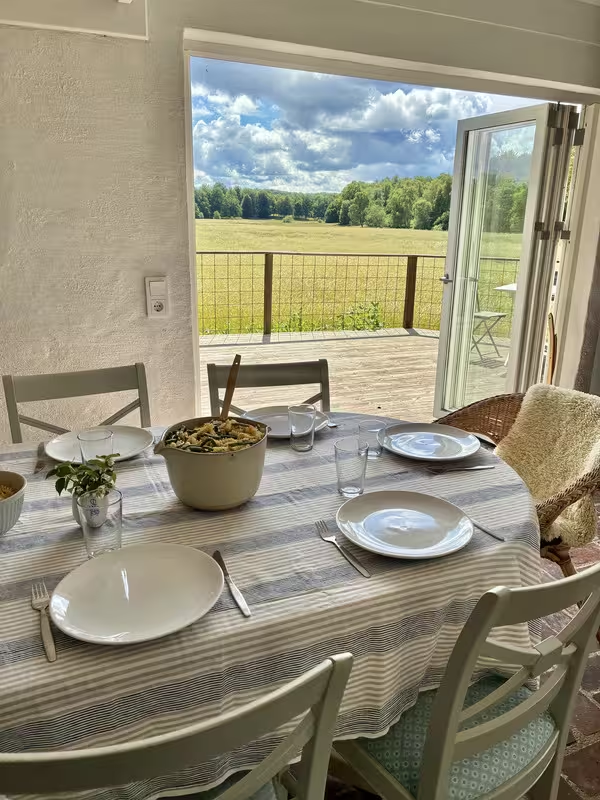
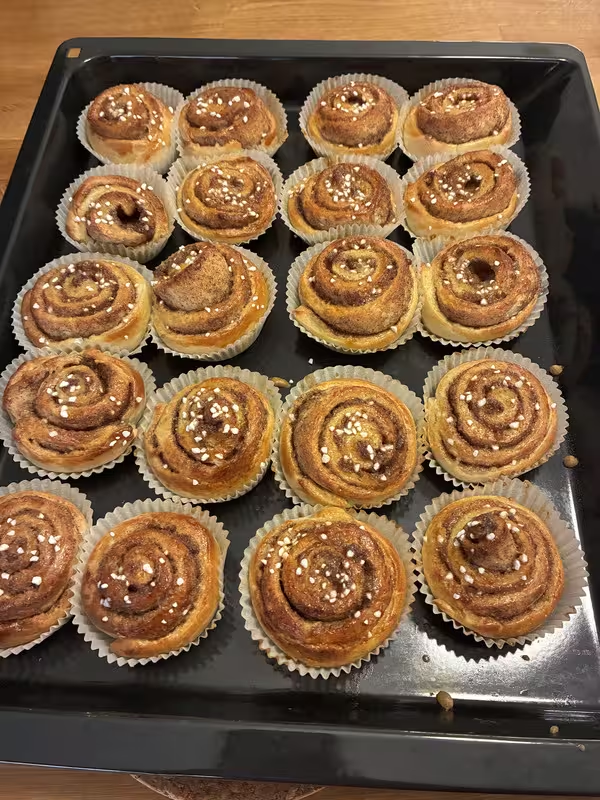
The guesthouse & some kanelbullar baked by Emma and I
Fika is the innately Swedish practice of taking a break with friends or colleagues to sit down and share coffee and a sweet treat. Anna told me that traditionally, when you invite someone to Fika, you should always have seven different types of treats for them to choose from. (I can get behind this!). But more than just a snack, fika is a ritual to remind ourselves that life isn’t about rushing or always being productive. We ought to take every opportunity rest and reconnect. When we stayed with our Swedish family for three weeks, we took fika at all times of day, sometimes multiple times per day. I very much embraced this aspect of Swedish culture, particularly when it involved kanelbullar or kardemummabullar (cinnamon or cardamom buns). On certain occasions, such as at 11 o’clock at night, I was tempted to opt for a cup of tea rather than the traditional black filter coffee. But that thought must never occur to Swedish people, as they have one of the highest levels of coffee consumption per capita.
We were so lucky to be fully immersed in Swedish culture during our three weeks in Skåne. We spent our time between meals doing some quintessentially Swedish things. One day, the family donned their Fjallraven hiking pants and walked us deep into the woods to find their mushroom foraging spot. A Swedish man we had met while we were in Albania had told us, “There are only three things in this world you should not ask a Swede. Who they voted for, what their salary is, and where they find their mushrooms.” Luckily, the Winqvists trusted us with this privileged knowledge. We followed them into the woods like ducklings. It was an incredibly grounding feeling to wander under a vast canopy of pine and birch trees. Unlike New Zealand, there was very little undergrowth, so we could move freely between the trunks and scour the damp, leafy floor. We hunted for glimpses of yellow chanterelles, hidden beneath moss or tree roots. We placed these golden nuggets into two baskets that had been hand-woven and painted by Anna’s own grandparents. The concept of treasure hunting delighted the kids. It was a family affair, but also an individual one. The forest inspired peace and introspection. Before we left, Anna and Per led us to some fallen logs and pulled out a thermos and a Tupperware container. Of course, there was time for fika.
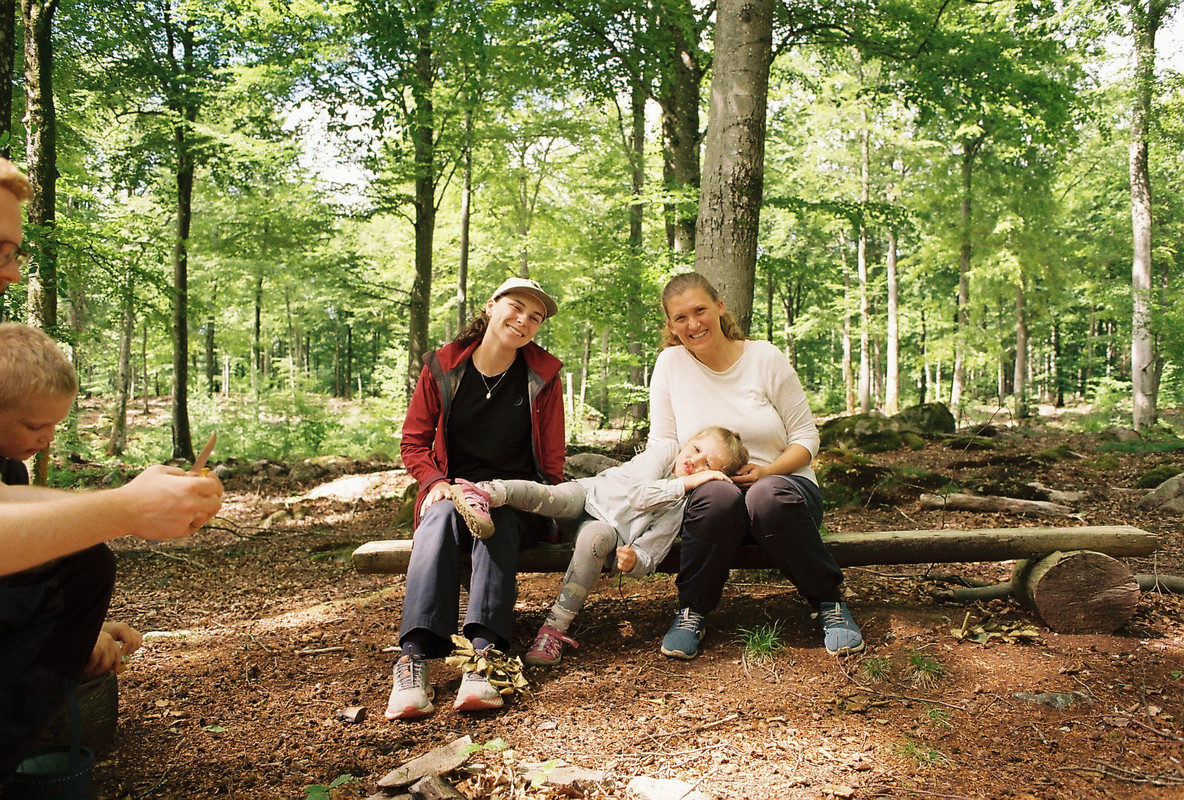
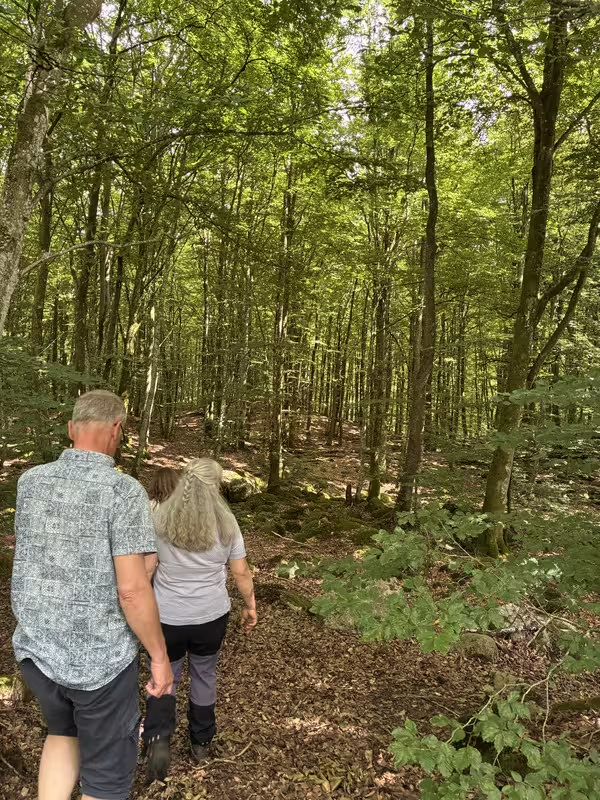
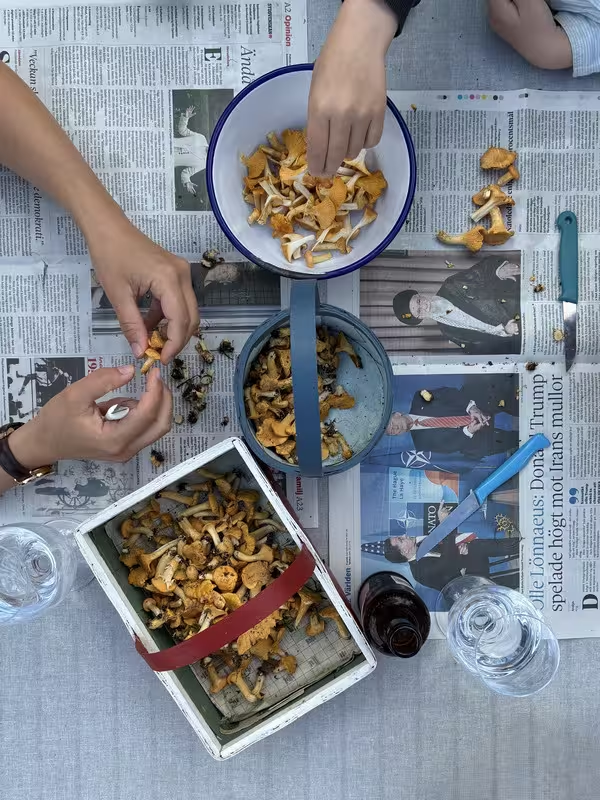

Our forest fika & mushroom hunting
Another day we visited Hovdala castle and bought ice creams from the cafe. They sold Engelholms Glass, a family-owned brand of wrapped ice creams which comes from Ängelholm, a small town in the southernmost county of Sweden, which we later happened to visit. Some of their popular products include a chocolate-coated ice cream “boat”, an almond-flavoured biscuit/ice cream combo, and of course, licorice-allsorts and salty licorice flavours. Ice cream is a big deal for the kids, since they usually aren’t allowed lollies. Many kids in Sweden grow up with the rule that you only get lollies on Saturdays, so they don’t pester their parents during the week. And finally, when Saturday evening comes, the kids are allowed to choose a number of lollies equal to their age.
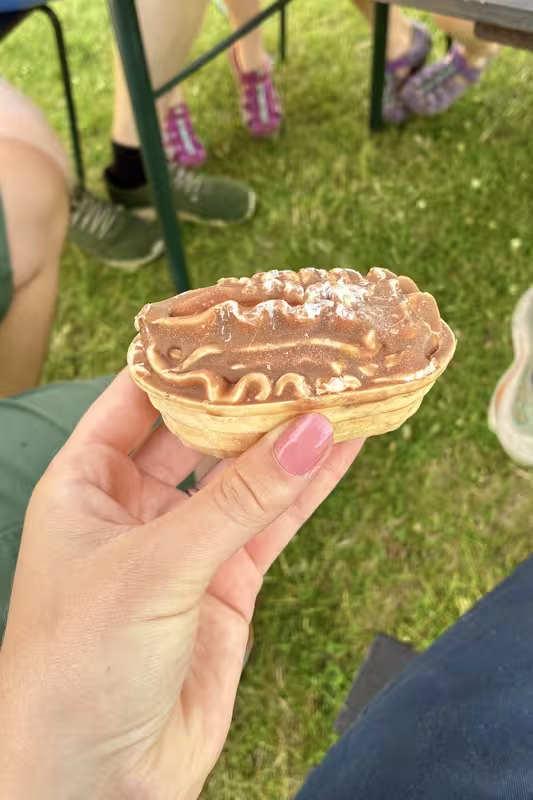
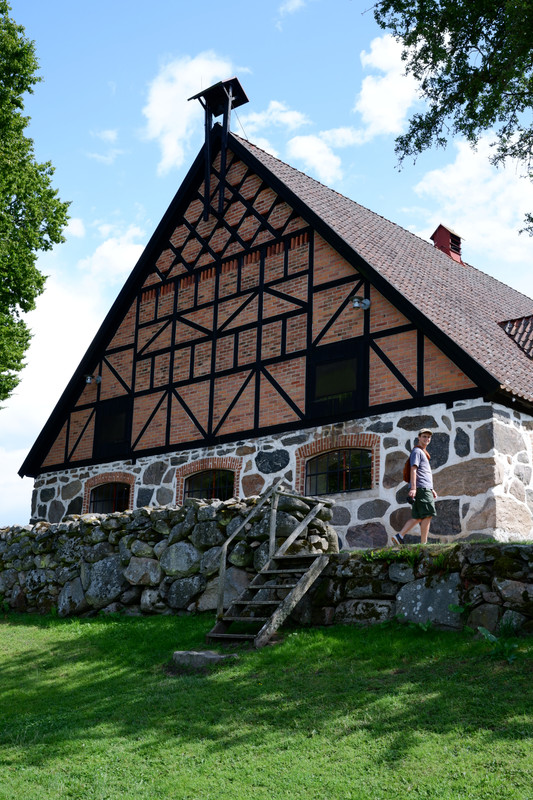
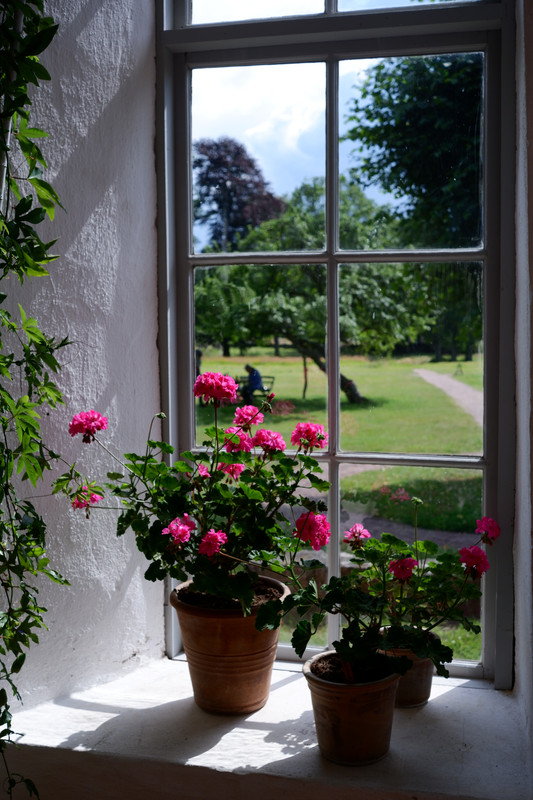
The icecream boat & Hovdala Castle
After enjoying our weekday ice creams, we went for a cool dip in the lake and warmed up in the wood-fired hot tub. For many Swedes, swimming is a big part of life. Emma told me that Swedes will swim in just about any lake, even if it’s brown and reedy. It’s pretty common to know someone with a lake house, which is not necessarily as rich as it may sound. Like we experienced in Finland, many people in Sweden will visit a cottage on the lake or the sea at least once every summer. Especially if there’s a sauna, they are almost definitely going to be swimming.
We saw many people taking daily morning swims when we went camping on the coast. They would wake up in the morning, don their bathrobes and their jandals, and either walk or cycle to the ocean. In Torekov, there were piers about every 500 meters, equipped with places to hang your robe while you took a morning dip. Like clockwork, we watched as the swimmer dried off and headed back down the pier to meet another robed person halfway. They chatted for a minute before moving on to complete their daily morning ritual, towelling off, and meeting someone else halfway down the pier.

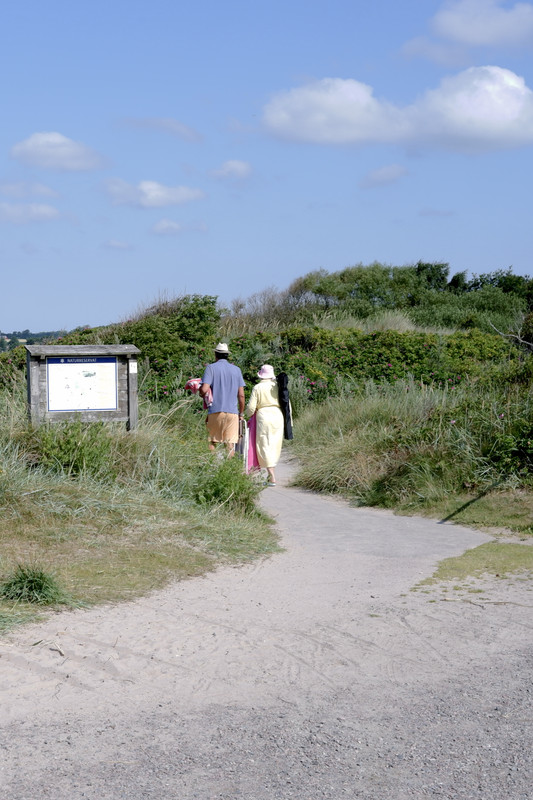
Early morning swimmers in Torekov
I am grateful to Emma and Bernt, who went to great lengths to make sure we tasted all the typical Swedish foods. We tried three different types of pickled herring: regular, mustard, and archipelago. I preferred the regular one, while we found the mustard a bit too sweet. Finn, on the other hand, liked the obscurely named archipelago flavor, which contained tiny balls of pink caviar. Caviar itself is a common sight in Swedish kitchens. One popular brand, Kalles Kaviar, comes in a tube slightly bigger than toothpaste. Unlike individual roe, it’s more of a grey fish paste, often eaten alongside boiled eggs. Tube food is a big part of Sweden’s food culture- you can find tubular mayonnaise, brie, prawn cheese, bacon cheese, mackerel, and pâté.
When we were invited to an 80th birthday party, we had the chance to try a special old-fashioned cake. I couldn’t quite figure out the name, but it roughly translates to “funnel cake.” It’s a kind of meringue made with yolks as well as whites, piped decoratively onto a horizontal rotating funnel. The result is a cone of airy, crispy “cake” that tastes lightly sweet, with a vague hint of omelette. We also enjoyed köttbullar (Swedish meatballs) served with potatoes and lingonberry jam (which I famously love). We also sampled cloudberry jam, a sausage-corn dish, and oven pancake. Nils especially enjoyed his slice of oven pancake, which he paired with lingonberry jam, pickled herring, and mayonnaise.
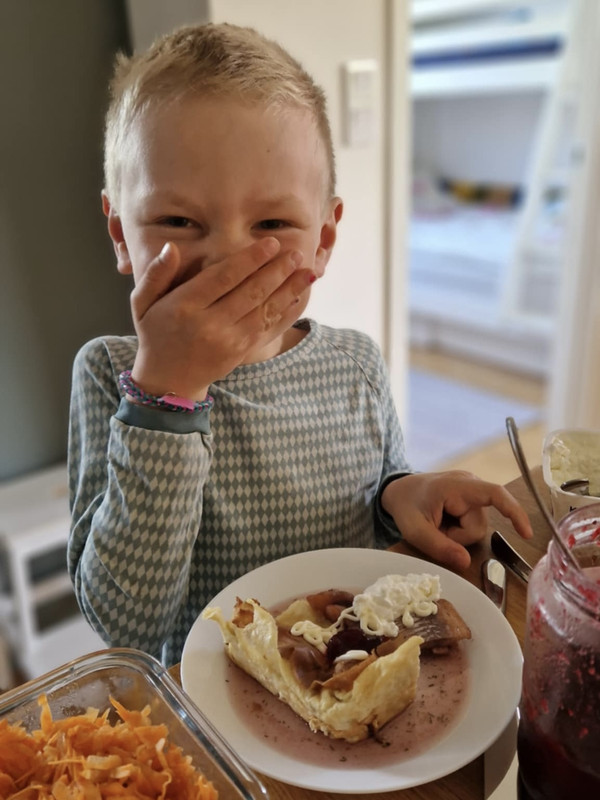
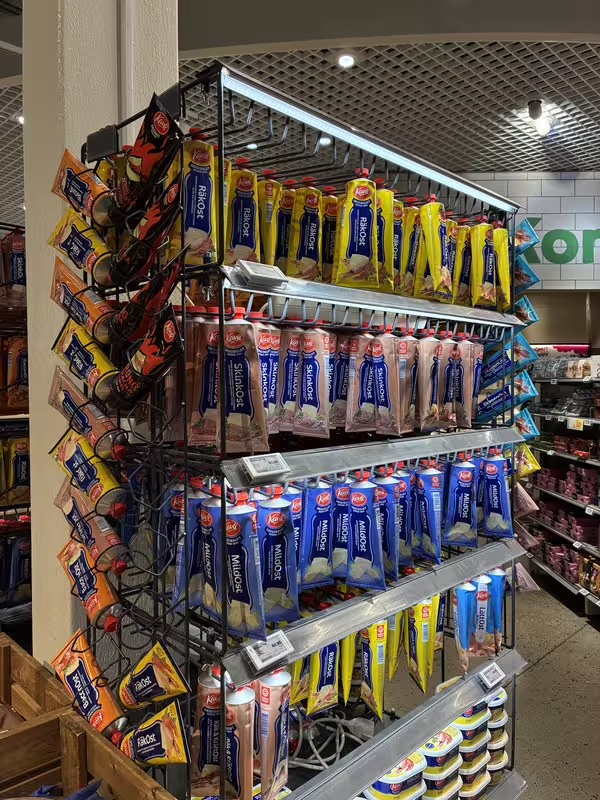
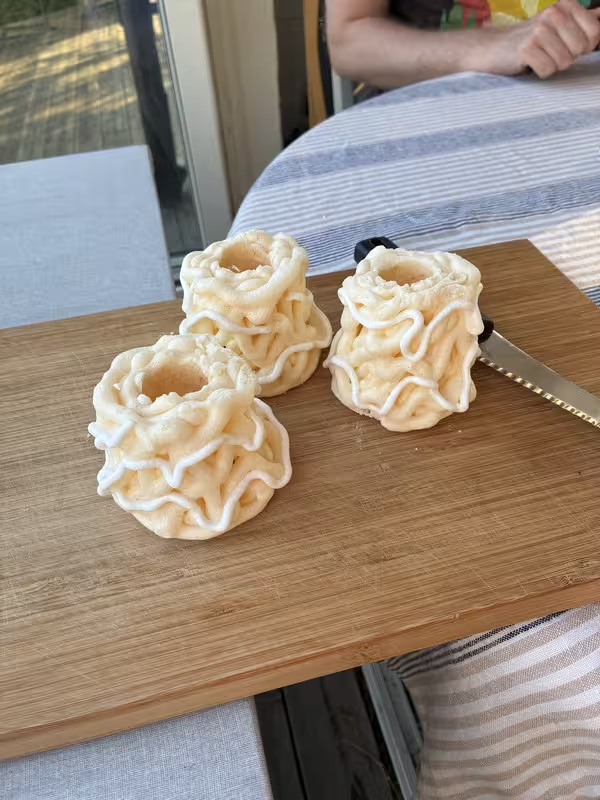
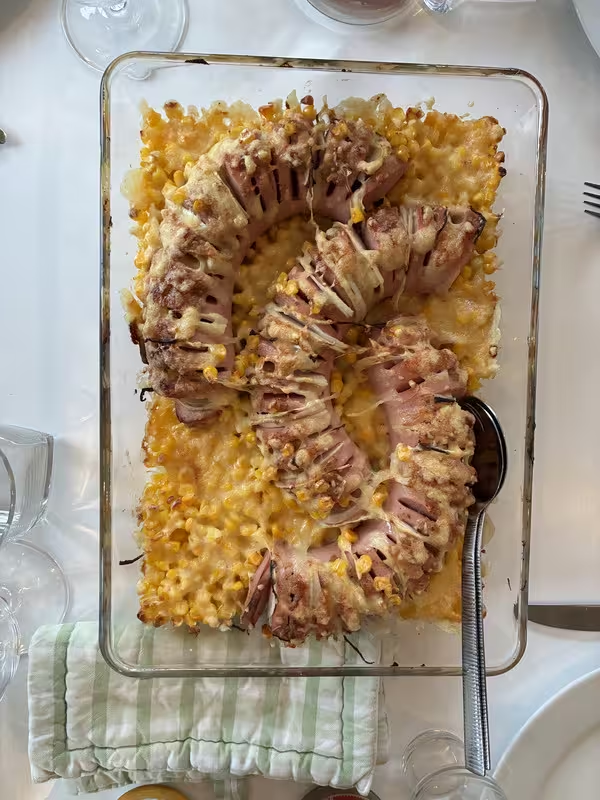

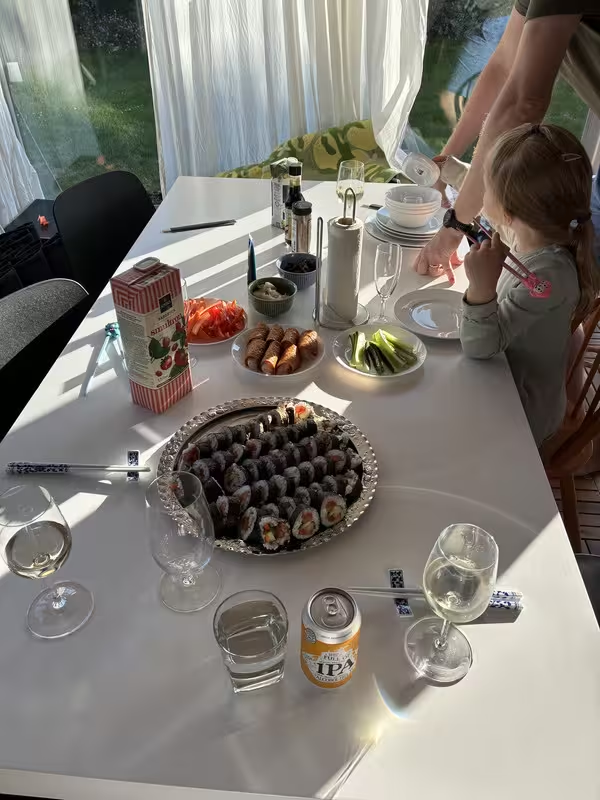
Various Swedish foods, plus our homemade sushi
When you’re serving yourself a slice of oven pancake, there’s an unspoken rule about how much to take so that everyone gets a share. That perfect amount- not too much, not too little – is captured by the Swedish word lagom. It applies to more than just food. On a sunny day, for example, you might stay outside for a lagom amount of time, enough to enjoy, but not so long that you overdo it. I first learned about this concept during a university tour in Lund, where I also discovered how deeply humility is woven into Swedish culture. Here, lagom is a reflection of the broader value of equality. Every is so equal, that Swedes are hesitant to stand out or receive praise, since it might suggest they are better than others. This is why professors are often addressed by their first names, instead of “Dr.” or “Professor.”
It’s rather difficult to condense an entire cultural experience into one piece of writing, but these are just some glimpses into the things I picked up on during our three weeks in Sweden. Noticing these differences is a huge part of why I love travel- there’s something incredibly special about sitting in someone else’s rhythm for a while, maybe finding some bits to fit into your own life too. We eternally owe thanks to Emma, Bernt, and the rest of the Swedish whānau for welcoming us so warmly.
Signing off,
Milly xx
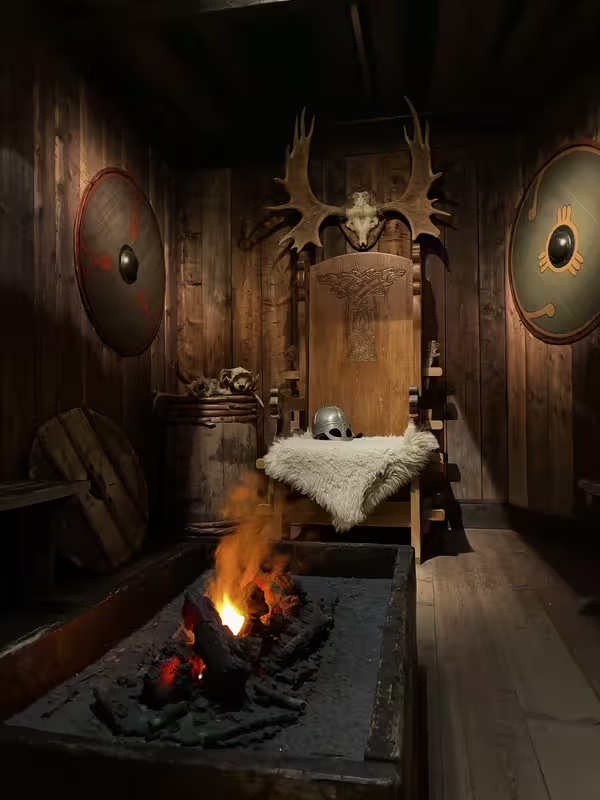
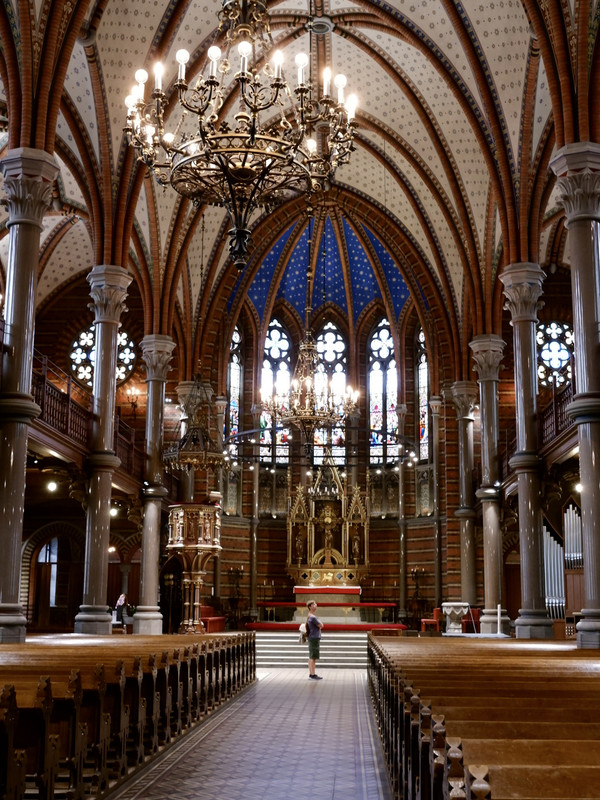
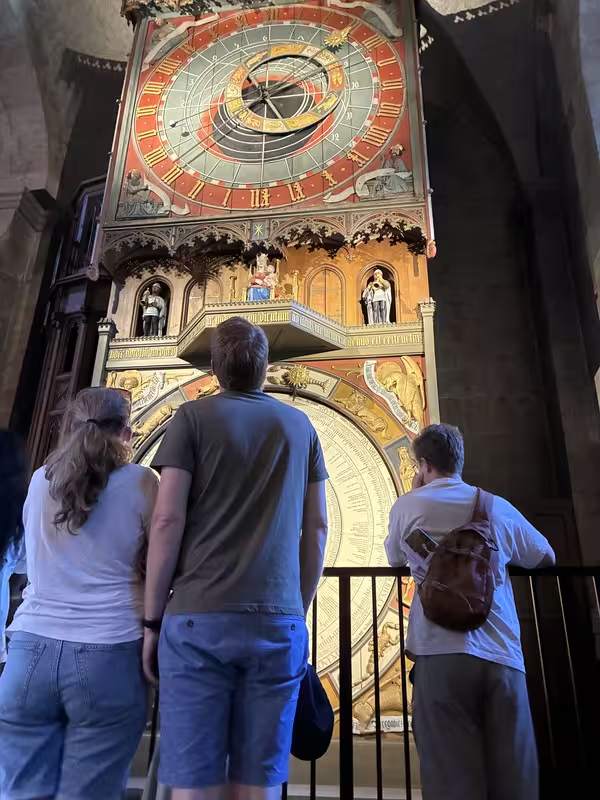
Stockholm Viking Museum & Lund Cathedral



5 thoughts on “Rituals of a Swedish Summer”
Tube food!
And I was giggling at Nils pairing pancakes, jam, herring any mayo.
Not sure about grey fish paste… So wonderful to see you and Emma back together again. I’m loving reading the stories you and Finn are posting.
Love this one Milly. So jealous of the kanelbullar!!
But you haven’t told us about the most quintessential of Swedish cultural experiences. Your visit to Ikea? I can’t believe you left without a flatpack in your backpack.
Thank you so much for staying with us! We loved having you here and truly appreciated the time we got to spend together. You’re more than welcome to come back anytime.